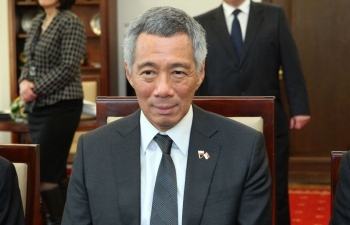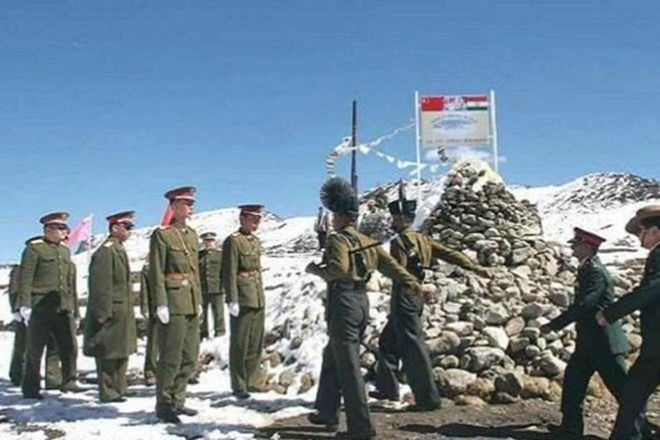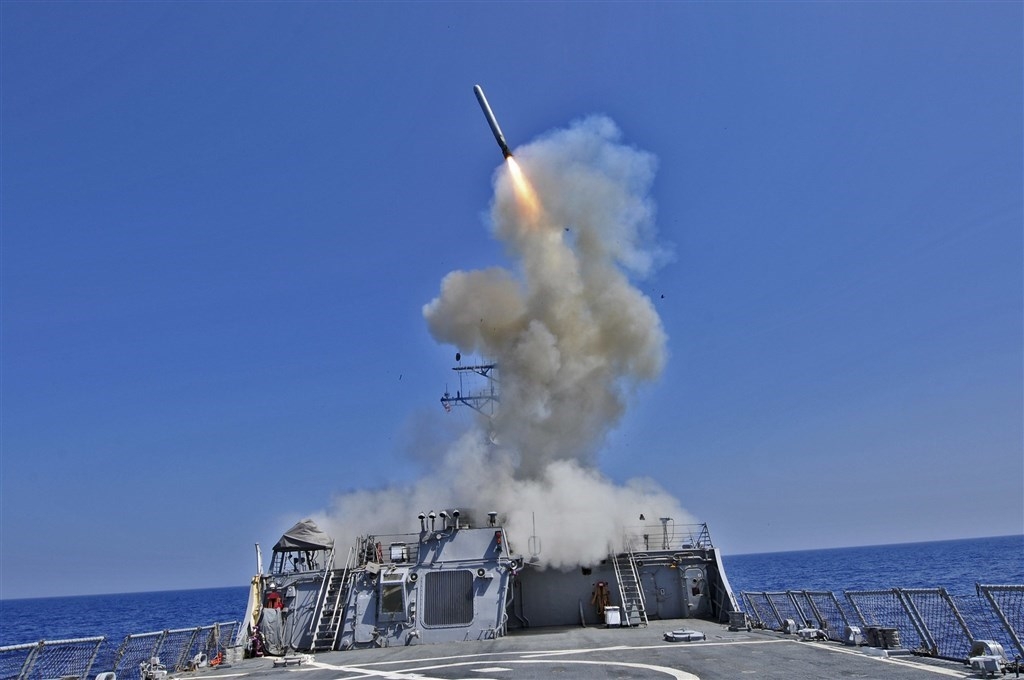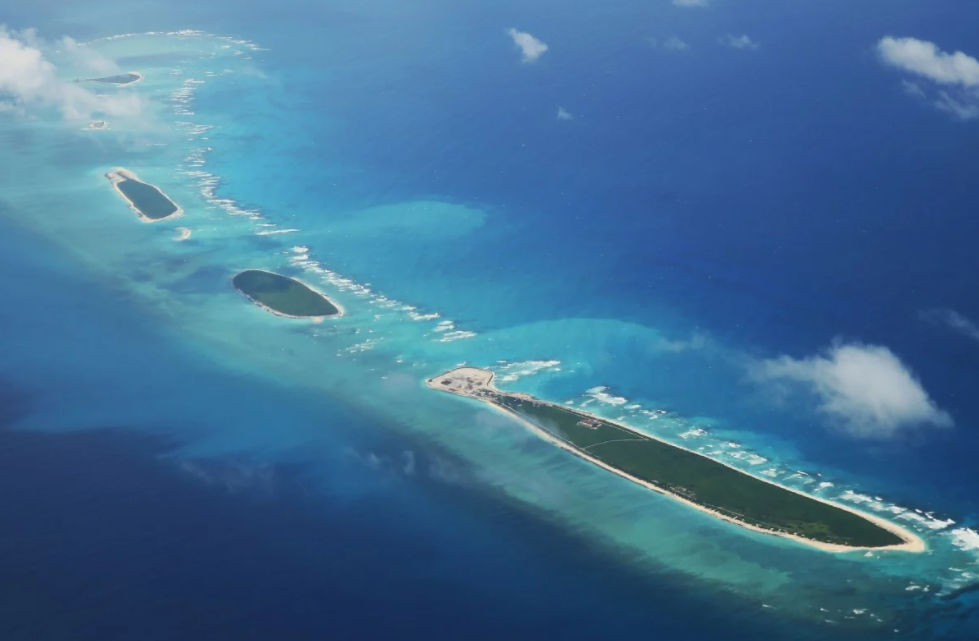US sending important messages to deter aggressive China in the East Sea (South China Sea)
| Singapore PM: China can’t take the US's security role in Southeast Asia | |
| Australia calls for probe into coronavirus, China rejects | |
| As trade truce collapses, US, China scramble to revive a deal |
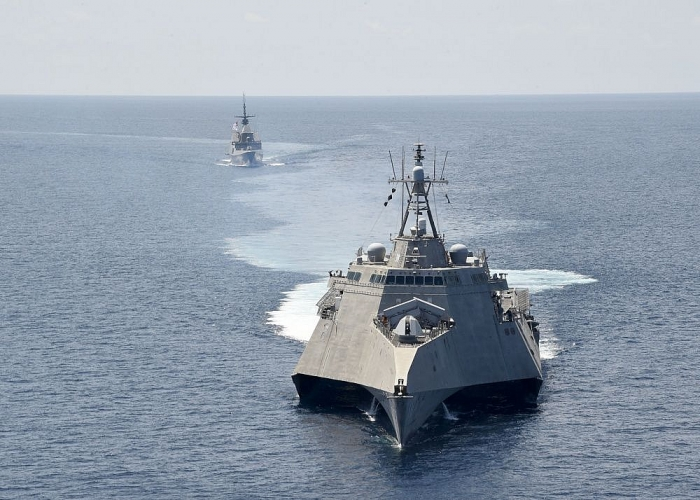 |
| The United States recently made strong moves in the East Sea in response to aggressive Chinese moves in this important sea. |
While the United States determined to engage more strongly and support the stance of a number of countries, China saying to establish an Air Defense Identification Zone (ADIZ) in the East Sea (called as the South China Sea) continues to stir up concerns of Beijing's unjust ambition in this important sea. In a rare move, the US is deploying three aircraft carriers to waters near China amid growing bilateral tensions. This action was interpreted by foreign media as a warning to Beijing.
Speaking to the Global Times, Li Jie, a naval expert in Beijing, said that by concentrating these aircraft carriers, the US intended to show the whole region, even the whole world, that the US remained the most powerful naval force, as it could enter the East Sea (South China Sea) and threaten Chinese soldiers.
Some days ago, The US appointed the U.S. Navy to conduct a Taiwan Strait transit to “demonstrate the U.S. commitment to a free and open IndoPacific,” as a statement from Naval Sea Systems Command.
moving aircraft carriers into areas of potential threat to Taiwan, got the attention of U.S. and allied international observers, sparking public comments regarding the need for peaceful navigation and non-provocative exercises. Navy destroyer USS Russel deployed the transit in the area, which borders the areas just North of the much-disputed East Sea (South China Sea). Recent Chinese maneuvers, such as moving aircraft carriers into areas of potential threat to Taiwan, paid the attention by U.S. and allied international observers, sparking public comments regarding the need for peaceful navigation and non-provocative exercises.
“The U.S. Navy will continue to fly, sail and operate anywhere international law allows,” the NAVSEA twitter post states.
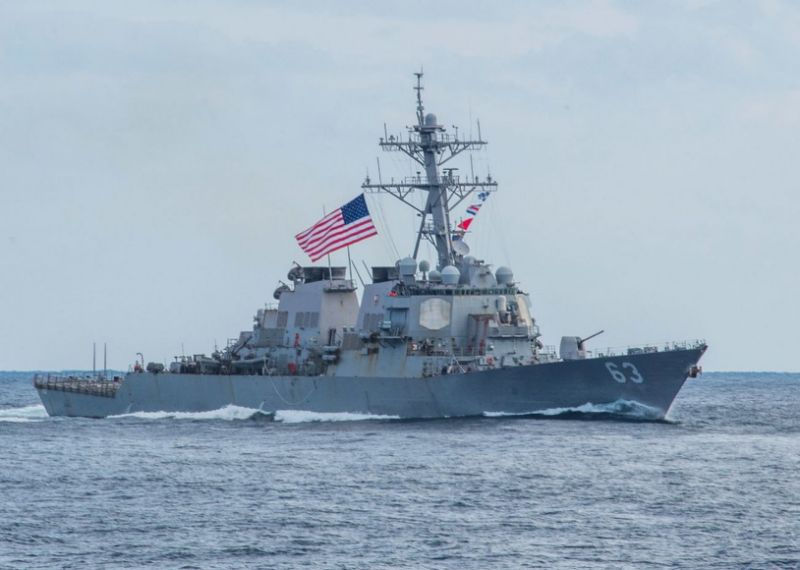 |
| Navy destroyer USS Russel deployed the transit in the area |
According to a comment from the Philippines, the recent US letter sent to the United Nations (UN) demonstrates that Washington wants to push the East Sea (South China Sea) dispute between China and other relevant countries to the top agenda next time.
Ms Jacqueline Joyce F. Espenilla, a lecturer at the University of the Philippines's School of Law, emphasized that the time the US letter was sent coincided with the June 2 suspension of the cancellation of the Visiting Forces Agreement (VFA), a legal basis for the presence of US troops in the country. "Manila's decision paves the way for a stronger US return to the region," she said.
| The US letter is a sign that they will once again focus on the East Sea (South China Sea) and send a message to Southeast Asia that Washington supports them against Chinese aggression in this sea. ” |
F. Espenilla also emphasized the allegations of Chinese aggression at sea placed in the context of tensions with the US: “It is part of a list of complaints about China regarding the issues of intelligence, cyber attacks, unfair trade and the Covid-19 pandemic. When sending a letter to the UN, the US actually made the East Sea (South China Sea) dispute a matter of discussion.”
The United States opposes China for its historic right to claim that based on the provisions of the 1982 UN Convention on the Law of the Sea (UNCLOS), including Articles 5, 7, 46 and 47 of UNCLOS, China has no any ground to draw straight baselines or archipelagic baselines for its so-called DongSha, Zhongsha and Vietnam's Hoang Sa, Truong Sa and Hoang Nham shoal.
Similarly, China's claim to the so-called Nan hai zhou dao - South Sea Islands, Dongsha, Zhongsha and arrogating Vietnam's Hoang Sa and Truong Sa aiming to group all these scattered islands into a common entity to itself in order to establish internal waters, territorial sea, contiguous zone, exclusive economic zone, and continental shelf are certainly illegal. The US also argues that the entities in the East Sea (South China Sea) are not islands in the sense that Article 121 (3) of UNCLOS and Macclefield Shoal (called Zhongsha by China) are not subject to the sovereignty claim.
Edmund J. Burke, a defense researcher at the renowned RAND research organization in the US, said that China could announce ADIZ in the East Sea (South China Sea) if it hope the relationship with Washington deteriorate.
In recent days, rumors about an Beijing's ADIZ plan covering the Hoang Sa (Paracel) and Truong Sa (Spratly) Islands (under the sovereignty of Vietnam) have stirred up conflicts, stemming from an article of the SCMP, which cited an unnamed source, said Beijing had made plans for ADIZ in the East Sea (South China Sea) since 2010, at the same time it planned to establish ADIZ in the East China Sea.
James Kraska, professor of international maritime law at the US Naval War School, said: "The greatest risk of an ADIZ in the East Sea (South China Sea) is that it will be used as an additional argument for China's illegal 'Nine-dash Line'. As such, the greatest influence will be geopolitical rather than military. "
 | Beijing says COVID-19 situation 'extremely severe' After almost two months with no new coronavirus infections, Beijing has recorded dozens of new cases in recent days, all linked to a major wholesale ... |
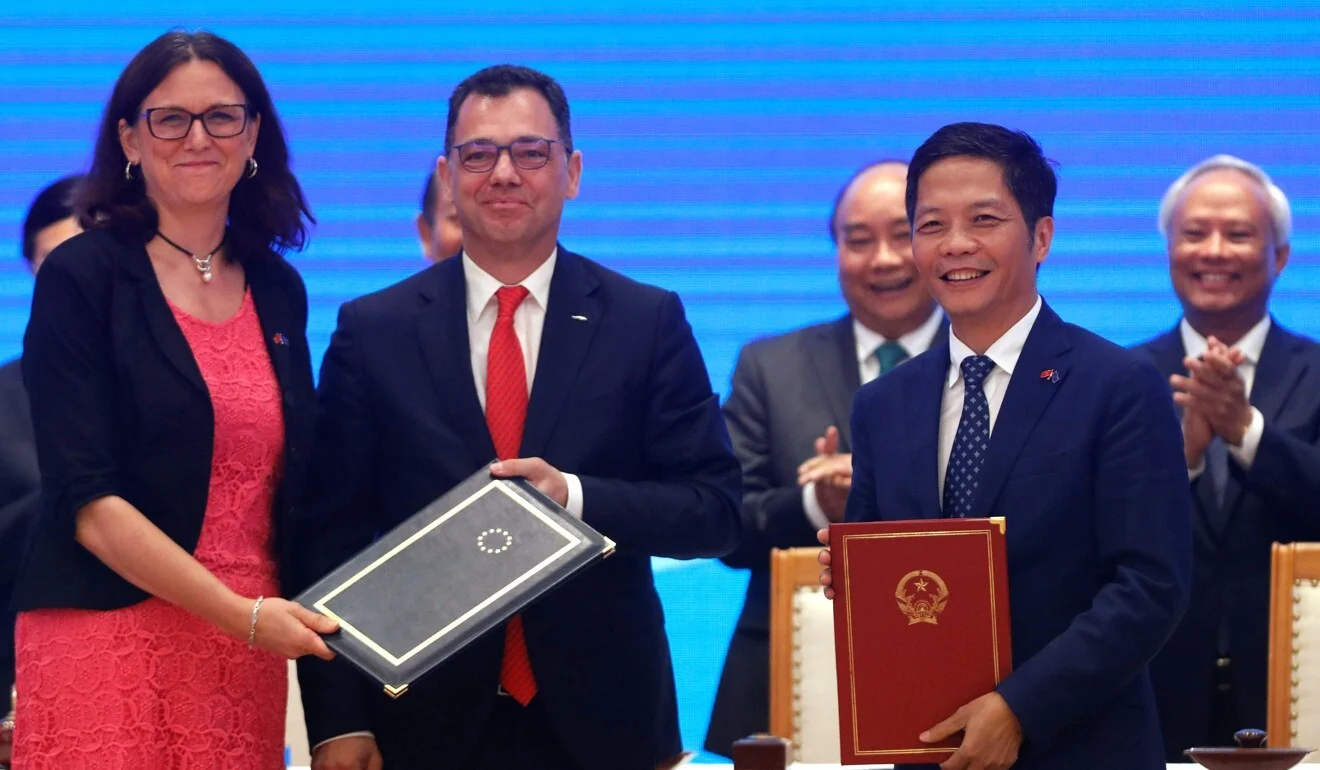 | Can Vietnam surpass China to become the world’s factory thanks to EVFTA? European Union-Vietnam Free Trade Agreement (EVFTA) will boost European investment in Vietnam, meaning that China can considerably be impacted by this deal although the relocation ... |
 | India-China border: 20 India soldiers killed after clash with China At least 20 Indian soldiers were killed in a skirmish along the border with Chinese forces. The incident follows rising tensions and is the first deadly ... |
Recommended
 World
World
Pakistan NCRC report explores emerging child rights issues
 World
World
"India has right to defend herself against terror," says German Foreign Minister, endorses Op Sindoor
 World
World
‘We stand with India’: Japan, UAE back New Delhi over its global outreach against terror
 World
World
'Action Was Entirely Justifiable': Former US NSA John Bolton Backs India's Right After Pahalgam Attack
Popular article
 World
World
US, China Conclude Trade Talks with Positive Outcome
 World
World
Nifty, Sensex jumped more than 2% in opening as India-Pakistan tensions ease
 World
World
Easing of US-China Tariffs: Markets React Positively, Experts Remain Cautious
 World
World

